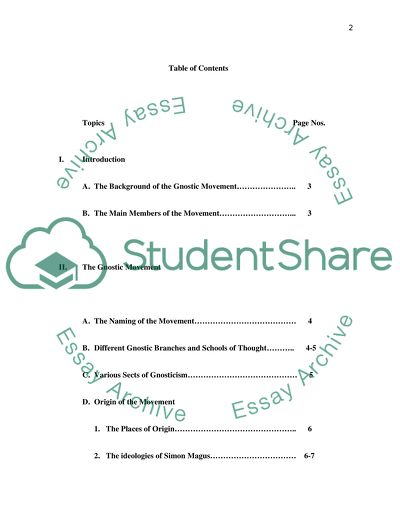Cite this document
(“Impact and Meaning of the Gnostic Movement Research Paper”, n.d.)
Retrieved de https://studentshare.org/religion-and-theology/1391349-history-christian-thought-hindu-tradition-greek-philosophical-thought
Retrieved de https://studentshare.org/religion-and-theology/1391349-history-christian-thought-hindu-tradition-greek-philosophical-thought
(Impact and Meaning of the Gnostic Movement Research Paper)
https://studentshare.org/religion-and-theology/1391349-history-christian-thought-hindu-tradition-greek-philosophical-thought.
https://studentshare.org/religion-and-theology/1391349-history-christian-thought-hindu-tradition-greek-philosophical-thought.
“Impact and Meaning of the Gnostic Movement Research Paper”, n.d. https://studentshare.org/religion-and-theology/1391349-history-christian-thought-hindu-tradition-greek-philosophical-thought.


